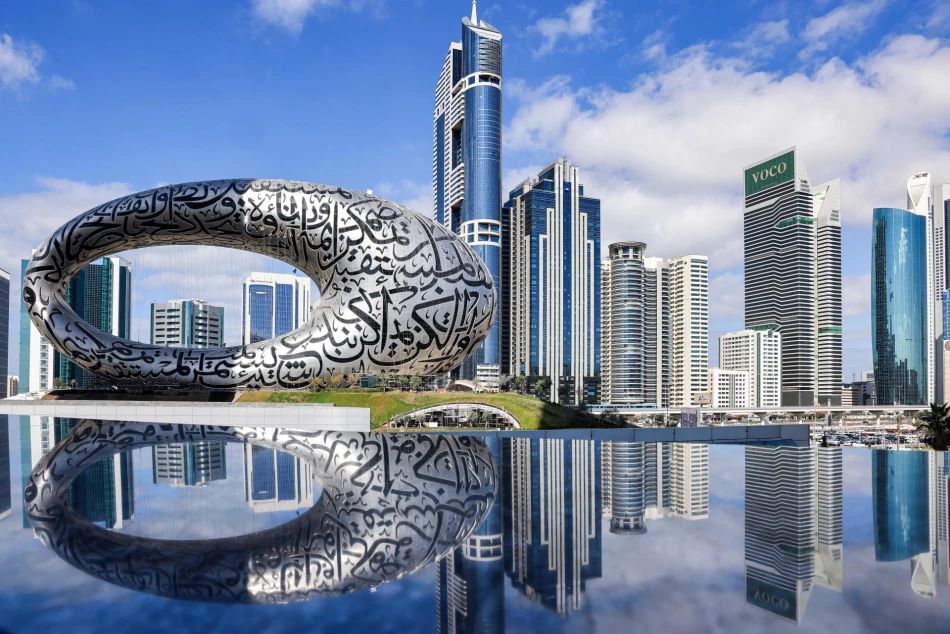
Expect Partly Cloudy Skies with Occasional Dusty Conditions Tomorrow
UAE Braces for Dusty Weather and Soaring Temperatures as Summer Heat Intensifies
The UAE's National Center of Meteorology forecasts challenging weather conditions ahead, with temperatures reaching a scorching 48°C in some regions while dust storms and partial cloud cover create hazardous conditions across the Emirates. The extreme weather pattern reflects the Gulf region's increasingly volatile climate during peak summer months.
Weather Outlook: Dust and Heat Dominate
Tomorrow's weather will be fair to partly cloudy with occasional dust, according to meteorological officials. Cloud formations are expected to develop in the eastern and southern regions, potentially forming cumulonimbus clouds during afternoon hours—a pattern that could bring brief but intense weather activity.
Wind conditions will range from light to moderate speeds, occasionally picking up during daytime hours and stirring dust across various emirates. The prevailing wind direction will shift between southeasterly and northwesterly, with speeds ranging from 10-25 km/h and gusting up to 40 km/h.
Temperature Extremes Across the Emirates
Inland Areas Face Brutal Heat
The most extreme temperatures will hit inland regions, with Liwa reaching 48°C and Al Ain close behind at 47°C. These scorching conditions reflect the desert's capacity to generate punishing heat during summer months, creating challenges for outdoor workers and energy consumption.
Coastal Cities Offer Little Relief
Even coastal emirates will experience significant heat, with Abu Dhabi and Dubai both hitting 45-46°C. However, humidity levels will compound the discomfort, reaching 70% in Abu Dhabi and 65% in Dubai, creating dangerous heat index conditions.
Fujairah, typically cooler due to its eastern coastal location, will see more moderate temperatures of 36°C but with humidity climbing to 80%—the highest across all emirates.
Maritime Conditions and Tidal Patterns
Both the Arabian Gulf and Sea of Oman will experience light wave conditions, providing some respite for maritime activities. The Arabian Gulf will see high tides at 16:55 and 04:11, with low tides at 10:08 and 22:06. The Sea of Oman follows a different pattern, with high tides at 12:45 and 01:05.
Regional Climate Context
These extreme conditions align with broader climate trends affecting the Gulf Cooperation Council states. The UAE's weather patterns increasingly mirror those seen across Saudi Arabia and Kuwait, where summer temperatures routinely exceed 45°C and dust storms disrupt daily life.
The combination of high temperatures and dust presents particular challenges for the UAE's outdoor workforce, aviation sector, and energy infrastructure. Power consumption typically spikes during such conditions, testing the grid's capacity while solar energy production may be reduced due to dust accumulation on panels.
Health and Safety Implications
The forecast conditions warrant serious health precautions, particularly for vulnerable populations including outdoor workers, elderly residents, and those with respiratory conditions. The dust combined with extreme heat creates a perfect storm for heat-related illnesses and respiratory complications.
Authorities typically issue advisories during such weather patterns, recommending limited outdoor exposure during peak hours and increased hydration. The construction and logistics sectors, crucial to the UAE's economy, often adjust working hours to avoid the most dangerous midday conditions.
Most Viewed News

 Sara Khaled
Sara Khaled






